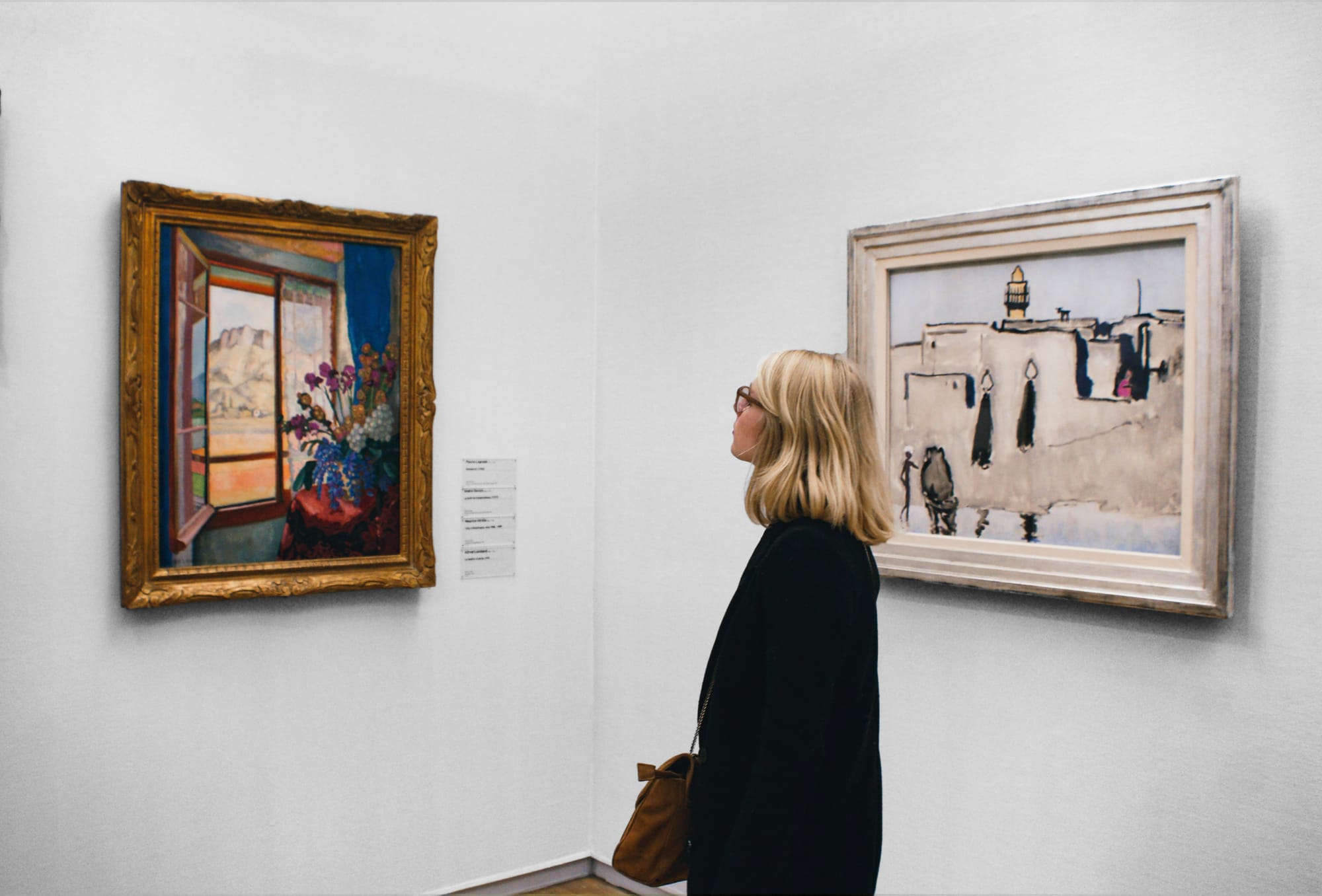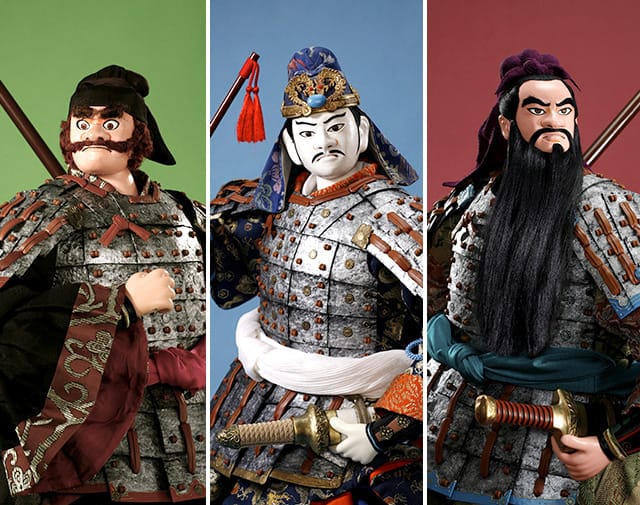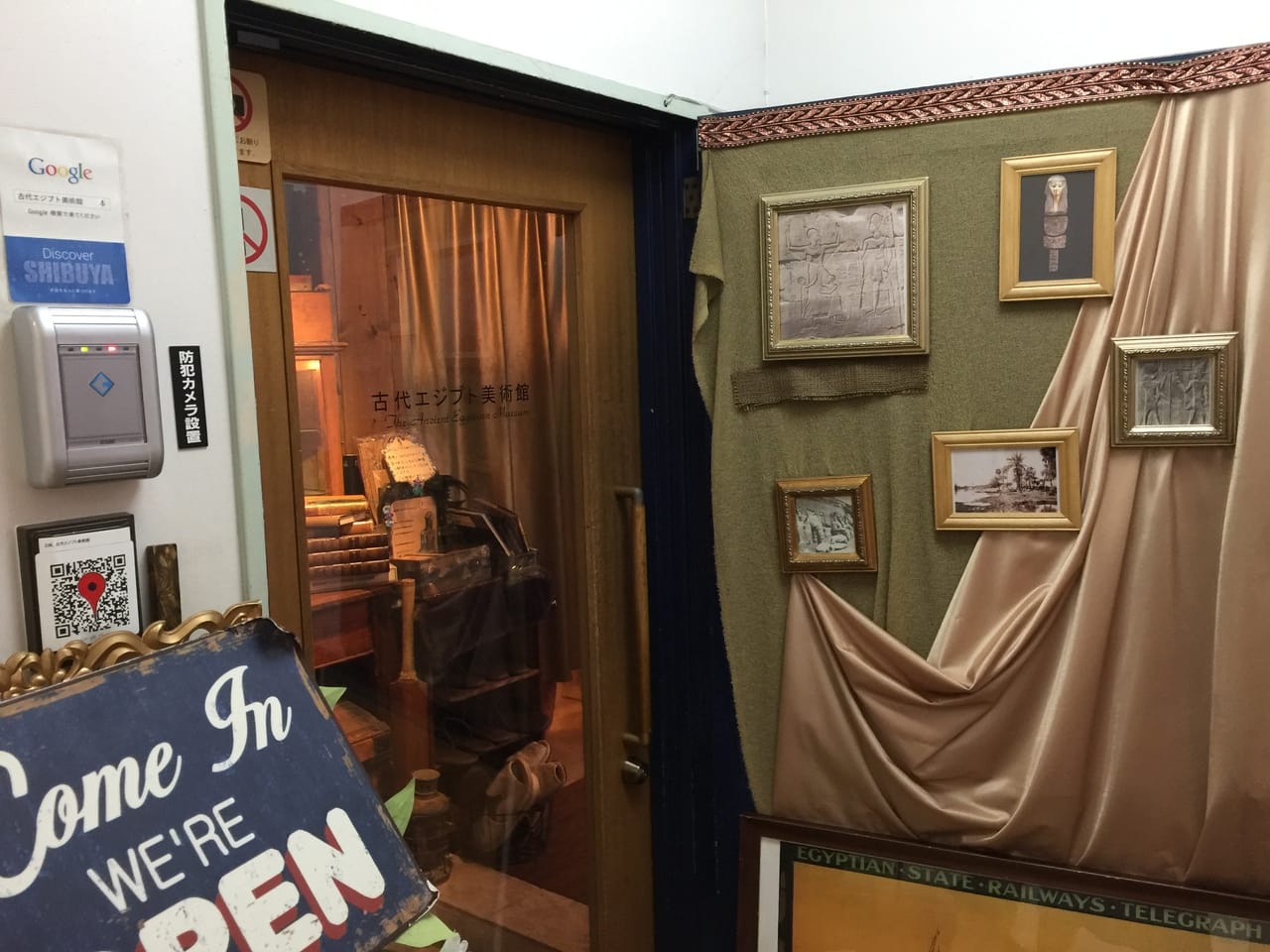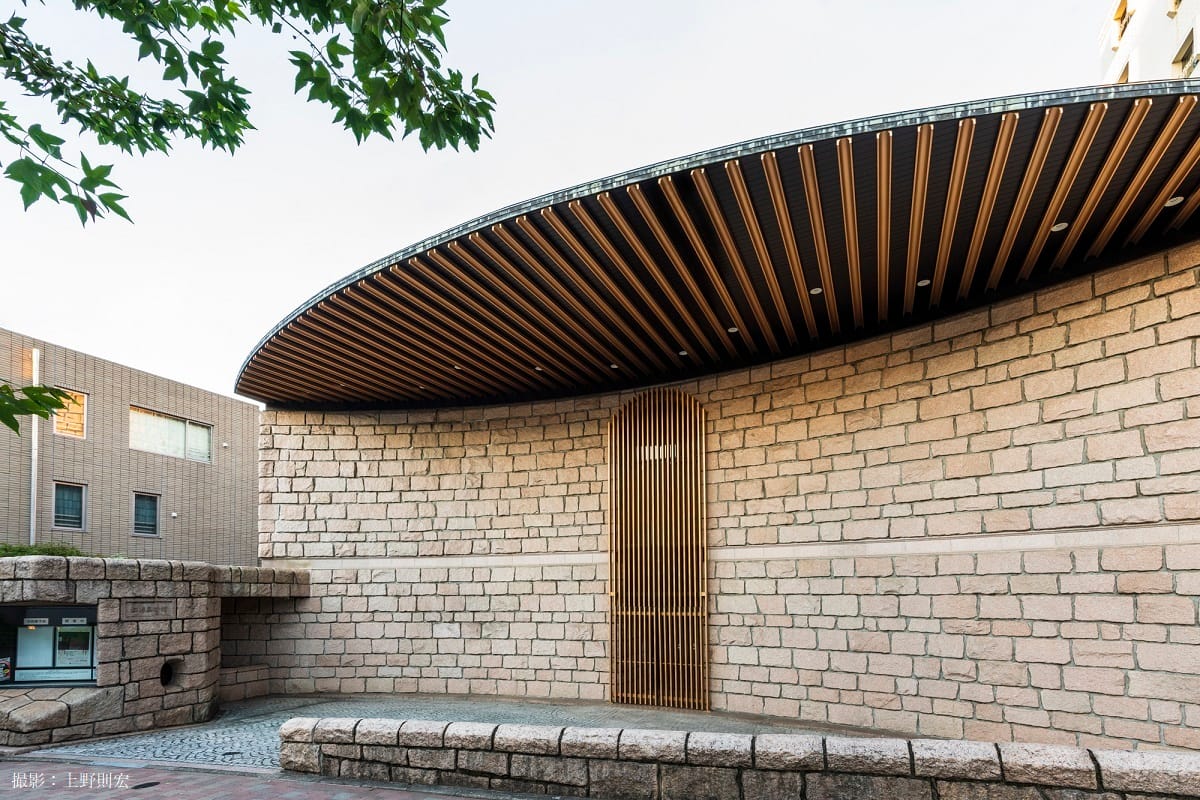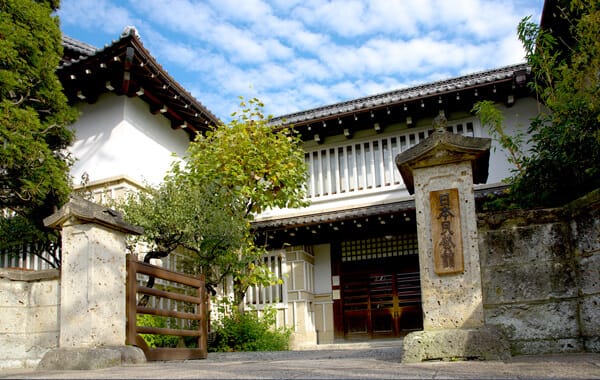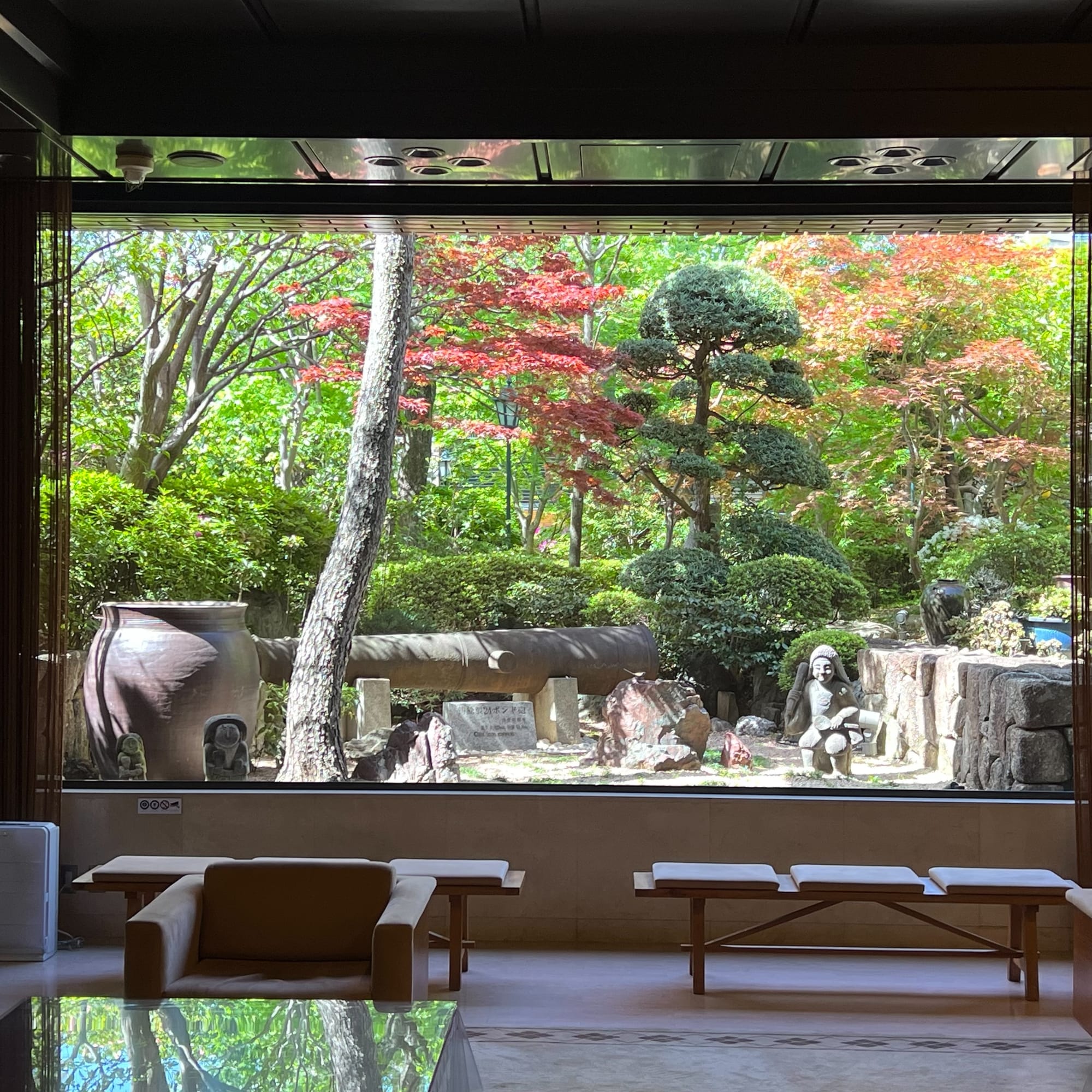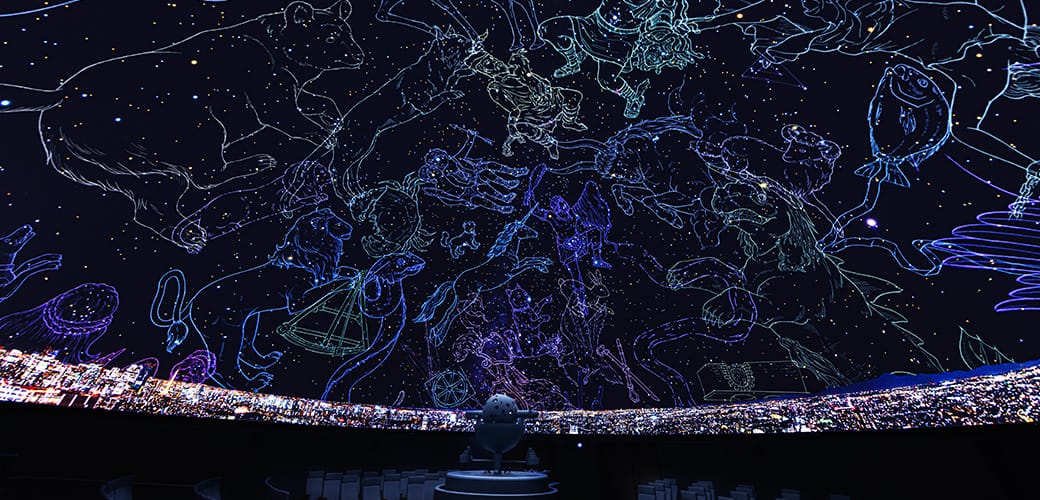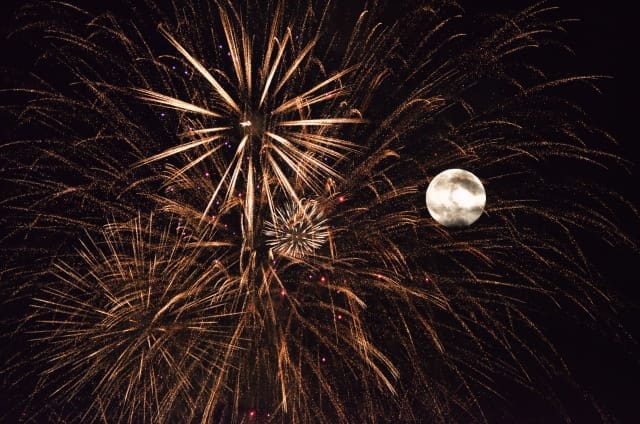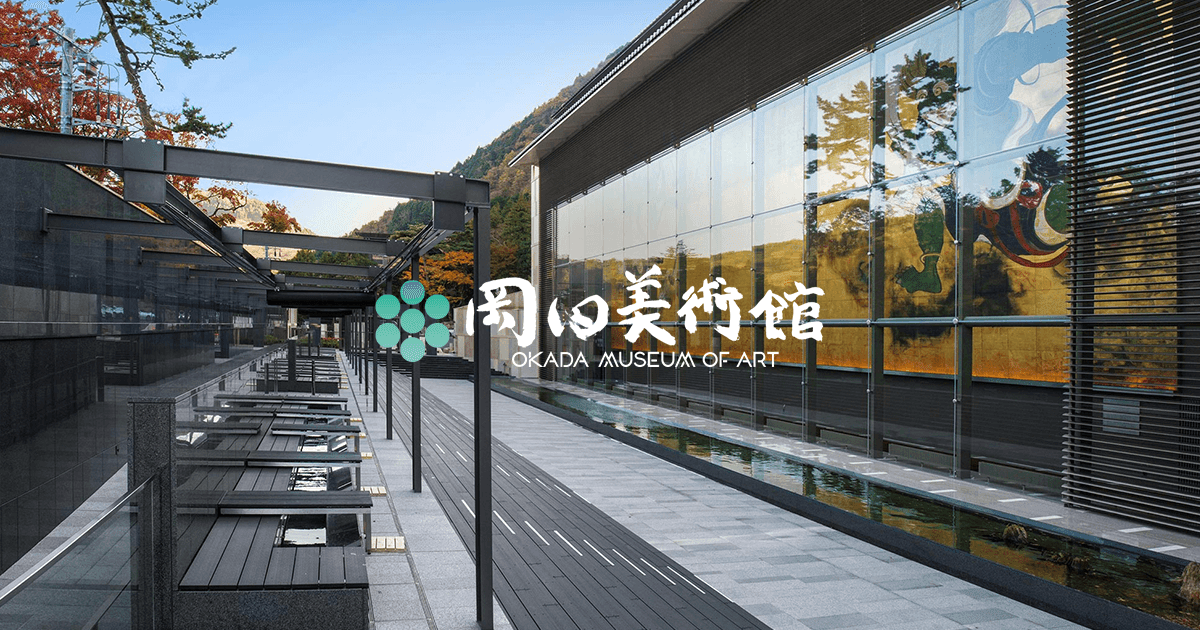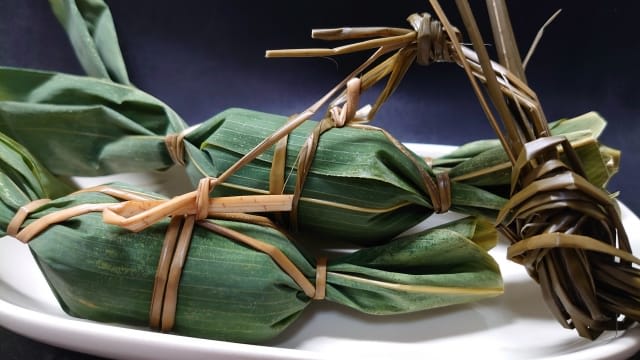Shibuya: Recommended Art Museums and Museums
Since moving to a Shibuya city in 2024, I've been discovering many spots I
proudly recommend to tourists. I updated this article in January 2025 to incorporate my findings from this research, along with the latest information for 2025.
Another reason for updating the article is the growing interest in tours that allow visitors to safely and deeply experience Shibuya's nightlife. Because Shibuya is a city that continues to develop at a dizzying pace and in complex ways, tourists visiting for the first time find it extremely difficult to discover the truly excellent spots beloved by locals.
This is why food tours led by knowledgeable local guides who know Shibuya inside and out have been gaining popularity, as they take visitors through Shibuya's maze of izakaya establishments.
In fact, Magical Trip's tour, which ranked #1 among all tours on Tripadvisor, has been receiving numerous applications.

If you want to experience authentic izakayas beloved by Shibuya locals, try the "Shibuya Bar Hopping Night Tour in Tokyo," which is ranked #2 on Magical Trip. A knowledgeable local guide who knows Shibuya inside and out will take you to spots where you can enjoy genuine Japanese cuisine.
And if you want to make the most of Tokyo's nightlife, you absolutely must join the "Tokyo Bar Hopping Night Tour in Shinjuku," which is rated #1 on Tripadvisor. You can safely explore Shinjuku's historic retro drinking districts and Kabukicho, the largest entertainment district in Asia, with an expert guide who knows Shinjuku thoroughly.
We hope you'll have a wonderful time experiencing everything Shibuya has to offer by joining a Magical Trip tour!
Introduction
Shibuya, famous for its iconic Scramble Crossing and Hachiko statue, is a center of culture and trends where young people gather.
While Shibuya is well-known as a fashion shopping spot, it also houses art museums like Bunkamura, known for contemporary art, and live music venues. Furthermore, as a city that never sleeps, Shibuya has some of the most popular clubs in Asia, making it a destination for music lovers to enjoy nightlife.
As a result, in recent years, it has also gained attention as a hub for art and music. It has also become the setting for globally popular anime, with game shops and anime shops opening one after another, increasing its influence in subculture aspects.
This time, we've compiled a list of art museums and museums gathered in Shibuya. As someone who loves Shibuya, I will introduce facilities that are not yet well-known but are very unique. If you want to know about Tokyo's culture beyond just the bustling tourist spots, please use this as a reference.
The Museum Scene in Japan
The Tokyo National Museum and the National Museum of Western Art, which represent Japan, are located in Ueno. Many other major museums and art galleries in Japan, such as the National Museum of Nature and Science and the Ueno Royal Museum, are also in Ueno. The main reasons for this are the vast land and quiet environment in Ueno, as well as its history of hosting many exhibitions.
Also, there are various types of museums and art galleries in Japan. For example, planetariums for stargazing, often integrated with science museums, are popular and can be found throughout Japan.
In Japan, where anime is considered a form of art, there are many museums related to anime and manga. The Ghibli Museum in Mitaka, Tokyo, which is very popular among tourists, is dedicated to the anime studio Ghibli. On the other hand, there are facilities all over Japan that convey the traditional culture and history of each region.
Even in Shibuya, which has a strong image of being a bustling downtown area, there are actually various art museums and museums. Facilities rich in individuality, including paintings, traditional culture, folk crafts, and planetariums, are gathered here.
Recommended Art Museums and Museums in Shibuya
Kihachiro Kawamoto Puppet Gallery
Source: Official website
Kihachiro Kawamoto is a leading Japanese puppet animation artist. He is also known as a puppet artist. He created modern puppet shows that move as if they are alive and can be appreciated as artistic works by adults as well.
The Kihachiro Kawamoto Puppet Gallery is where you can appreciate the puppets created by Kawamoto. The highlight is, of course, the puppets as art pieces that seem to have a soul in every single strand of hair.
Japan also has a traditional culture called bunraku (a classical puppet theater originating in Osaka), and there is an ancient belief that gods dwell in objects and dolls. Personally, I feel that such puppet culture has also strongly influenced the expression styles of anime and manga. Another recommended point is that you can deeply feel this unique aesthetic sense of Japanese culture.
The gallery is located on the 8th floor of Shibuya Hikarie. Access is directly connected to Exit 15 of Tokyu Line, Hanzomon Line, and Fukutoshin Line Shibuya Station, or directly connected to the 2nd floor connecting passage of JR Shibuya Station.
<Information>
・Address: 8th floor, Shibuya Hikarie, 2-21-1 Shibuya, Shibuya-ku, Tokyo
・Closed: New Year's holidays, exhibition change periods
・Phone number: 0334631142
・Opening hours: 11:00 AM - 7:00 PM
・Official website: https://chirok.jp/
Ancient Egyptian Museum
Source: Fortravel
The Ancient Egyptian Museum exhibits artifacts and artworks from ancient Egypt. It has a collection of 1000 items, with 100 items on display at any given time.
The highlight is the entertaining exhibits and guided tours. There are four rooms with elaborately designed exhibits, and after entering, a guide will provide detailed explanations and even quiz you. The atmosphere is exciting, almost like a theme park.
Another recommended point is the richness of the collection, which ranks among the world's top in both quantity and quality, despite being a small-scale facility within a building. The collection is currently undergoing scientific analysis, leading to archaeological discoveries. As someone interested in ancient Egyptian culture, I find it mystifying to be able to view objects that are having their mysteries unraveled right now.
Access is about a 5-minute walk from Shibuya Station. Proceed from Hachiko Square to Koen-dori Street. It's located on the 8th floor of the building diagonally across from the CD shop Tower Records. It's open only on weekends, and the admission fee is 1500 yen.
<Information>
・Address: Maison Shibuya 801, 1-12-18 Jinnan, Shibuya-ku, Tokyo
・Closed: Weekdays, New Year's holidays
・Phone number: 0368090718
・Opening hours: 12:00 PM - 6:00 PM
・Official website: http://www.egyptian.jp/top.html
Shoto Museum of Art
Source: Official X
The Shoto Museum of Art, although small in scale, is an elegant and calm art museum that houses paintings, sculptures, and craft works. The Shoto area, while close to Shibuya Station, is known as one of Tokyo's most quiet and upscale residential areas.
The highlight is the special exhibitions with rich content despite the small scale. Unlike large museums, exhibitions of artists other than famous ones are sometimes planned, allowing you to discover new artists and works.
Whenever I visit a museum, I always pay attention to the architecture of the facility. The beautiful architecture designed by architect Seiichi Shirai is another recommended point of the Shoto Museum of Art. The distinctive exterior wall using granite from Korea and the atrium in the center of the building were meticulously designed to maintain the beauty of Shoto.
From Shibuya Station, you can take a bus or walk for about 15 minutes along Bunkamura-dori Street. You can also reach it in a 5-minute walk from Shinsen Station on the Keio Inokashira Line.
<Information>
・Address: 2-14-14 Shoto, Shibuya-ku, Tokyo
・Closed: Every Monday (open if it falls on a national holiday), the day after a national holiday (open if it falls on Saturday or Sunday), exhibition change periods, New Year's holidays (December 29 - January 3)
・Phone number: 0334659421
・Opening hours: 10:00 AM - 6:00 PM (open until 8:00 PM on Fridays)
・Official website: https://shoto-museum.jp/
The Japan Folk Crafts Museum
Source: Official website
The Japan Folk Crafts Museum was founded in 1936 by thinker Soetsu Yanagi. It exhibits various folk crafts and handicrafts that people have used in their daily lives.
It houses a wide variety of items, mainly ceramics, paintings, textiles, wood and lacquer works, woven goods, and crafts. The highlight is the exhibition style that doesn't provide too much explanation. Detailed explanations for each exhibit are kept to a minimum, reflecting a philosophy that values the viewer's intuition in discovering beauty.
My recommended point is that folk crafts from around the world, not just Japan, are also collected. Seeing crafts used in people's daily lives from various parts of the world allows you to feel the connections between different cultures. The quiet and peaceful environment near the campus also makes visitors feel warm.
If departing from Shibuya Station, take the Keio Inokashira Line and get off at Komaba-Todaimae Station. With the University of Tokyo Komaba Campus on your right, follow the road for about a 7-minute walk to reach the museum.
<Information>
・Address: 4-3-33 Komaba, Meguro-ku, Tokyo
・Closed: Every Monday (but open on holidays, in which case closed the following day)
・Phone number: 0334674527
・Opening hours: 10:00 AM - 5:00 PM (last admission at 4:30 PM)
・Official website: https://mingeikan.or.jp/
Toguri Museum of Art
Source: Official X
The Toguri Museum of Art, also located in the quiet Shoto area, is a museum of Japanese and Oriental ceramics. The main highlights of the collection are Imari ware and Nabeshima ware.
Imari ware has its origins in Korea and began to be produced in Kyushu, the southwestern part of Japan, around the 16th century. Nabeshima ware is also beautiful porcelain made in Saga, Kyushu.
The recommended point of the Toguri Museum of Art is that although the number of exhibits is limited, you can appreciate each piece in detail and at your leisure. There are no permanent exhibitions, but four special exhibitions per year. The exhibition method changes themes monthly, and explanations are also available in English.
There are also events where guides provide explanations, allowing you to immerse yourself in the beauty of Oriental ceramics to your heart's content.
Access is a 15-minute walk from Shibuya Station. Once you reach Hachiko Square, proceed to Shibuya 109. Continue straight on Bunkamura-dori Street. After passing Bunkamura Museum on your right and proceeding further, enter an alley to find the Toguri Museum of Art.
<Information>
・Address: 1-11-3 Shoto, Shibuya-ku, Tokyo
・Closed: Mondays and Tuesdays
・Phone number: 0334650070
・Opening hours: 10:00 AM - 5:00 PM (last admission at 4:30 PM)
・Official website: https://www.toguri-museum.or.jp/
Stargazing at "Cosmo Planetarium"
Source: Official website
The Cosmo Planetarium is located on the top floor of the Shibuya Ward General Cultural Center. The highlight is the wide variety of programs.
There are programs for a wide range of audiences, from children to adults. There are programs focused on constellation explanations and healing-oriented programs. My favorite is the program where you can listen to explanations in the voices of popular voice actors.
A recommended point is that it's operated by Shibuya Ward, allowing you to enjoy the planetarium at an affordable price of 600 yen. While the explanations are currently all in Japanese, just watching the visuals is enjoyable, and it can be a perfect break from the hustle and bustle of Shibuya.
For access, first exit from JR Shibuya Station's South Exit West Gate and head towards Sakuragaoka-cho where SAKURA Stage and Sakurazaka are located. Use the pedestrian bridge connecting Shibuya Scramble Square and SAKURA Stage. After crossing National Route 246 and reaching the bottom of Sakura-dori Street, climb the slope, turn right, and you'll find the Cultural Center.
<Information>
・Address: 12th floor, Cultural Center Owada, 23-21 Sakuragaoka-cho, Shibuya-ku, Tokyo
・Closed: Mondays (open if it's a holiday, in which case closed on the next weekday), New Year's holidays
・Phone number: 03-3464-2131
・Opening hours: Weekdays 12:00 PM - 8:00 PM, Weekends 10:00 AM - 8:00 PM
・Official website: https://shibu-cul.jp/planetarium
The atmosphere varies greatly depending on the area in Shibuya, and each facility introduced here reflects the characteristics of its district.
For example, the Shoto area, while close to Shibuya Station, is an upscale residential area, and it houses small but cultural and elegant art museums.
The Ancient Egyptian Museum, located right in the middle of the busy area in front of Tower Records, is a facility full of entertainment typical of Shibuya.
Sakuragaoka-cho, where the Cosmo Planetarium is located, is an area called "Good Old Shibuya" that retains a retro atmosphere. Even now, it has a calm ambiance and is recommended as a spot to take a break from the hustle and bustle.
While touring the art museums and museums, please enjoy the various faces and characteristics of Shibuya as well.
